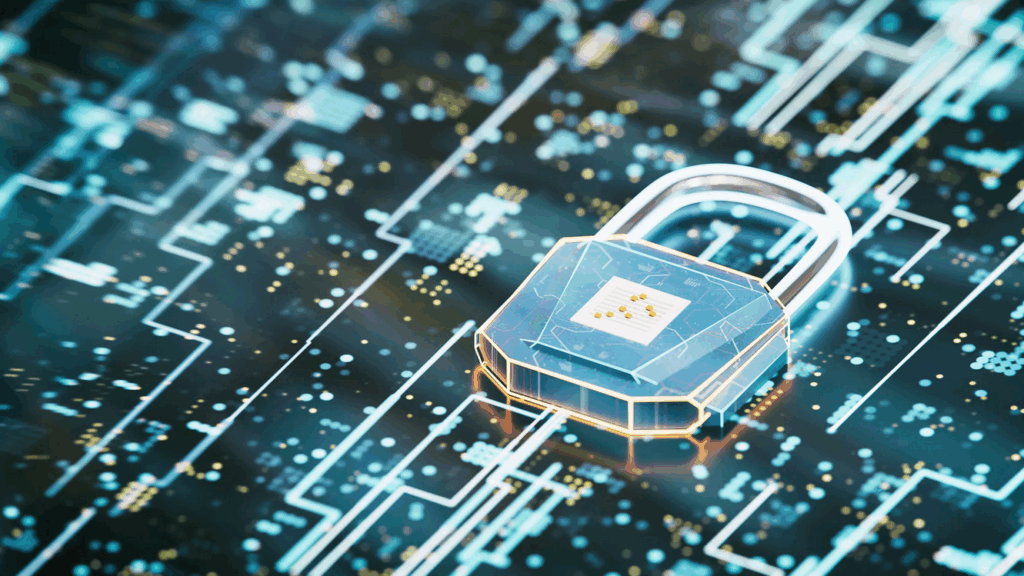Security is a top priority in the crypto industry, where digital assets are at stake. Blockchain fundamentals provide a strong foundation, but users must take precautions. Threats like phishing, scams, and hacking target the crypto ecosystem daily. Understanding these risks helps protect your investments. This guide covers essential security practices for navigating decentralized systems.
Private keys are the gateway to your crypto holdings. Unlike passwords, they cannot be reset if lost or stolen. Storing them securely offline, like in hardware wallets, is highly recommended. The crypto industry emphasizes self-custody, but it comes with responsibility. Always back up your keys in multiple safe locations.
Exchanges and wallets are common targets for cyberattacks. Even platforms with strong blockchain fundamentals can be vulnerable. Use two-factor authentication (2FA) and avoid sharing sensitive data. Research services before trusting them with your assets. The crypto ecosystem rewards vigilance and caution.
Smart contracts, while innovative, can contain exploitable flaws. Audits by third-party experts help identify vulnerabilities before deployment. The decentralized systems hosting these contracts are only as secure as their code. Stick to well-reviewed projects with transparent development teams. Security is a shared effort in the crypto industry.
Social engineering attacks trick users into revealing private information. Scammers impersonate legitimate entities in the crypto ecosystem. Always verify sources and avoid clicking suspicious links. Education is the best defense against these tactics. Static Loom provides resources to stay informed on blockchain fundamentals and safety.
Regulatory developments also impact security in the crypto industry. Compliance frameworks aim to protect consumers from fraud. However, decentralized systems operate beyond traditional jurisdiction. Balancing innovation and regulation remains an ongoing challenge. Our blog tracks these trends for your awareness.
Proactive measures go a long way in securing crypto assets. Regularly update software and monitor account activity. The crypto ecosystem is dynamic, requiring constant learning. By adopting best practices, users can minimize risks. Explore our content for more insights into blockchain fundamentals and security.

